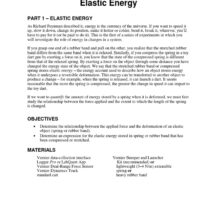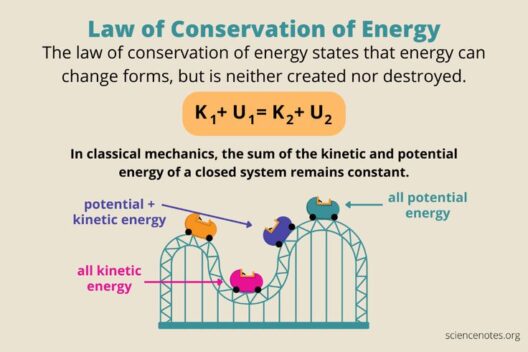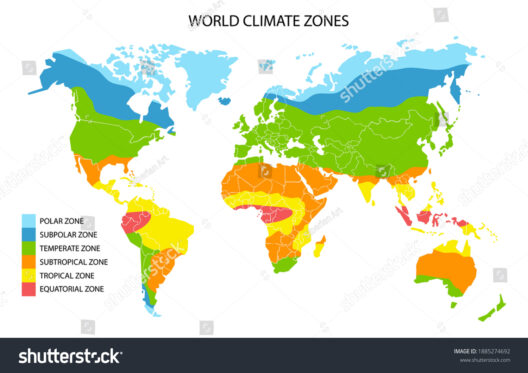Energy efficiency and energy conservation may seem like interchangeable phrases, yet they are two distinct concepts that together form a formidable alliance in the pursuit of sustainability. Imagine energy as a precious water stream flowing through a vast landscape. Energy efficiency represents the ability to harness that flow, using advanced tools and designs to channel it through turbines and dams with minimal loss. Conversely, energy conservation is the practice of mindful restraint, akin to choosing to sip water thoughtfully rather than letting it cascade carelessly down a canyon. To understand how both play vital roles in harmonizing our world, it’s imperative to explore their nuances, benefits, and potential for fostering a sustainable living environment.
The Fabric of Energy Efficiency
At its core, energy efficiency refers to utilizing technology and systemic changes to minimize energy consumption while delivering the same level of service or functionality. This can manifest in myriad forms, from energy-efficient appliances that illuminate homes with less electricity to industrial systems that optimize production processes. It’s as if buildings metamorphose into sentinels of sustainability, equipped with intelligent sensors that respond to environmental conditions and human activities.
One of the most compelling paradigms of energy efficiency lies in the realm of architectural design. The introduction of thermal insulation, energy-efficient windows, and smart energy management systems act as protective barriers against waste. These strategies not only reduce the energy footprint but also elevate the quality of life within those structures. For example, consider LED lighting that casts a brighter glow while consuming a fraction of the energy of traditional incandescent bulbs. In cities worldwide, retrofitting older buildings with such modern technologies has transformed energy savers into essential components of urban landscapes.
The Essence of Energy Conservation
Energy conservation, on the other hand, is the conscious choice to reduce energy consumption altogether. It requires an intrinsic understanding—an awakening—to the impact of individual habits. Every time a person turns off a light when leaving a room or opts for a more sustainable mode of transportation, they are engaging in the practice of energy conservation. This psychological shift is necessary, likened to the way one learns to respect a delicate ecosystem. The act of conserving energy often begins with raising awareness and infusing it into daily routines.
Behavioral change is pivotal in energy conservation. Public awareness campaigns and educational programs amplify the importance of reducing energy use, creating an environment where every small act of conservation contributes to a broader tapestry of sustainable practices. For instance, by merely adjusting thermostats by a few degrees or employing energy-efficient transportation methods, individuals cumulatively impact our energy usage patterns. Conservation is an invitation to surrender the idea of excess and embrace the ethos of stewardship.
The Symbiosis of Efficiency and Conservation
Together, energy efficiency and energy conservation form a dynamic duo that optimizes the potential for sustainable living. While energy efficiency makes it possible to achieve our goals with less, energy conservation implores us to reconsider the necessity of our energy demands in the first place. It’s like a beautiful waltz where two partners complement and amplify each other’s capabilities, resulting in a powerfully graceful and efficient dance.
The synthesis of these strategies can produce extraordinary results. For example, in a community that practices both efficiency and conservation, the overall energy requirement can decrease substantially. Prioritizing efficiency means that appliances and technology are better equipped to serve needs, while conservation reduces overall need. The resultant synergy can alleviate pressure on the energy grid, diminish fossil fuel reliance, and ultimately contribute to a more balanced, harmonious environment. This is the essence of sustainable living—the idea that we can fulfill our needs without depleting the earth’s resources.
The Tangible Benefits
Implementing energy efficiency and conservation not only serves the environment but also translates into significant economic benefits. A reduction in energy consumption leads to lower utility bills, which can enhance household savings significantly over time. Organizations and businesses reap rewards as well, with lower operating costs increasing their competitive edge in the marketplace. Furthermore, governments can channel savings from reduced energy demand into infrastructure improvements and public services, fostering an economy that supports sustainable growth.
Additionally, the environmental ramifications are substantial. Lower energy consumption curtails greenhouse gas emissions, decelerating climate change and contributing to better air quality. Every kilowatt saved equates to a little less strain on the environment; a ripple that can lead to colossal waves of change. Investing in both energy efficiency and conservation is intimately tied to our moral imperative to safeguard our planet for future generations.
Innovative Technologies and Future Prospects
As technology continually evolves, the potential for enhancing energy efficiency and fostering conservation becomes increasingly sophisticated. Smart grids, IoT-enabled devices, and artificial intelligence are redefining how we interact with energy consumption. Imagine homes that self-regulate their energy use, adjusting automatically to optimize performance. Such innovations transform dreams of an energy-optimized world into tangible realities.
Moreover, public policies that support renewable energy and incentivize energy-efficient practices can accelerate the trajectory toward a sustainable future. By fostering a culture of sustainability that esteems energy efficiency and conservation, societies can embark on a journey toward ecological resilience and balanced living.
Conclusion
In sum, energy efficiency and energy conservation represent two pillars in the architecture of sustainability—a duet that harmonizes human demands with the earth’s capacity. By embracing both concepts, individuals and communities can collectively forge a legacy that cherishes our resources and elevates our quality of life. In the intricate dance toward a sustainable existence, let us remember that mindful choices and technological advancements work in concert, reflecting the true essence of environmental stewardship and resilience.







